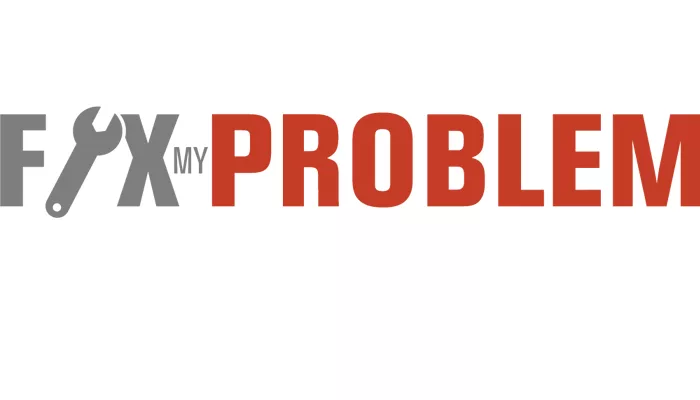Question from a reader: “The rural lifestyle industry is moving ahead and, with that, the size of dealerships is growing. The business of running a dealership is becoming more complicated as rural equipment manufacturers are now offering high horsepower tractors, construction and hay tools. The management of people and processes is also changing.
Many owners are not able to keep their dealership ahead of the curve and this has less to do with age and more to do with the owner’s skill sets. This frustrates manufacturer partners, employees and, ultimately, customers, who will find someone who can meet their needs.
What is a gentle way to tell an owner that their skill set is not to the level needed to keep a dealership moving forward? These dealers are working themselves into failure without realizing it, and losing many years of equity. It’s similar to putting a lobster in cold water and then turning on the heat.”
Answer: I don’t know about you, but any time I come to an understanding that I’m not able to do something that I’ve done for any extended period of time, it’s a hard realization. This is especially true when it comes to the owner of a dealership. Most of the time, owners have done every job in the dealership to some extent and have had to wear many different hats.
So, how do you approach this topic in a way that is gentle and keeps the owner’s dignity intact?
1. Step away from the business for the conversation.
Many times, just stepping away from the dealership for a quick lunch, on neutral ground, will allow you to have a more open conversation with the owner. Your goal is to keep the conversation relaxed, non-confrontational, and be open to hearing their thoughts without the stress of the dealership or a possible interruption taking place.
2. Talk about where the business is going.
Keep this positive. Talk about some of the wins that you have seen in the dealership over the last year, and how you are excited to still be involved in the business. In this moment, it is important to ask the question and understand how the owner sees the future of the dealership, and what their role is going to be. They may have an entirely different view of what the future of the dealership is.
You may be thinking they don’t understand something, but they may just be positioning the dealership to transition. It’s important, from your perspective, to not step on toes or assume you know everything there is to know. Humility is key at this point.
Many times, if you and the owner are on the same page about where the business is going, it won’t be a surprise to the owner that they don’t have all the skills required to continue growing the business. Keep in mind, many times people purchase dealerships from the previous owner after working there, or they may be second or third generation. Often, they know the areas where they are lacking, but don’t know specifically how to improve or how to delegate their weakness to someone in the dealership that has it as their strength.
3. Identify ways that you or other people can come alongside the owner and fill gaps.
By having a clear understanding of where the business is going, it will allow you to bring some solutions to the table to fill in the management or skill gap you are trying to address. It is your job to be prepared to do this. Maybe it is something you or another employee can do to help pick up some of the pieces. It could also mean bringing someone from the outside to help the dealership move into the future.
It’s important at this stage to help the owner understand what they do best and keep them in their wheelhouse.
This is never an easy conversation to have, but many times a necessary one. It involves moving your pride and ego aside and not making assumptions about what the owner does or doesn’t have the skills to do. However, if you start this conversation with the desire to see the dealership succeed, and communicate that clearly, both you and the owner will walk out of the other side with greater clarity and respect.







